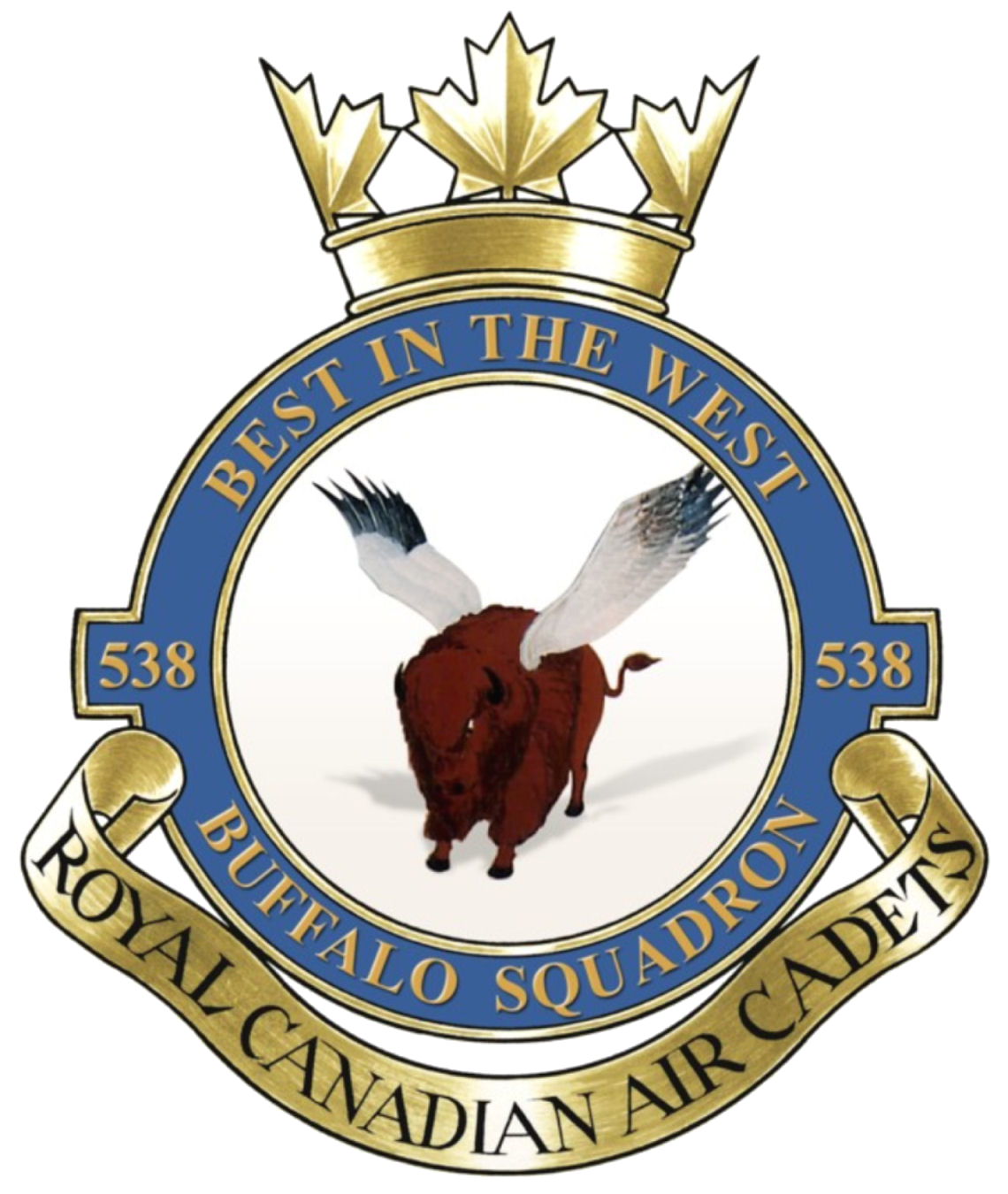Green, with Wings (Pt 2) - Backup Plans and Good Timing
Part 2 in the Series.
Having finished my Commercial License in 2009, and MIFR and Flight Instructor Ratings in 2010, I found myself stuck. The dream I had held since I was a young child came grinding to a halt. I was out of money and could no longer afford to fly for pleasure. Luckily I had saved just enough money to continue flying once a month to remain current on the aircraft (school rules were one hour of flight ever 30 days to be permitted to continue renting school aircraft). The recession of 2008 had nearly wiped out the aviation industry, and at that point it had just started picking up from the September 2001 attacks, just to plummet again. Browsing Canadian aviation job posting site AvCanada, it was not uncommon to see pilots with 5,000 hours or more of flight experience on wide-body aircraft with major airlines (like the Boeing B767 with Canadian before they merged with Air Canada), searching for work in Northern Canada with shady companies on King Airs with duct tape holding up the circuit breaker panel, which was typically the first flying job for many pilots. I thought I was done. 300 hours and no real work experience in aviation as a pilot. I couldn’t even find a job as a Flight Instructor, because these airline pilots were re-certifying as instructors and returning to teaching. So in Spring 2011, I made the decision to put my aviation career goals on hold, and enrolled at Carleton University.
Having a back-up plan is always a good idea, no matter what field you decide to pursue. I figured that continuing my education was a wise choice, as the airlines decide who to hire not just based on hours - we all have the minimum requirements, after all - but rather on the “… preferred…” skills/experience listed in the job ads. It’s all based on a point system. For each requirement met, one point is given. For each additional requirement, an additional point. While having two college diplomas only counts towards one point for “Post-Secondary, College”, getting a university degree would add another point under the “Post-Secondary, University” column. So I enrolled in a Bachelor of Arts program, majoring in psychology with a minor in British history (but the really old history. Think the year 300 AD kind of old history). Both majors absolutely useless being just a Bachelors, but more points nonetheless, and it could lead to a government job, should I be unable to find flying work. I thought college was fun: university was even better. In high school, you cover World War II in grade 10 history in two to three weeks. I studied ONE BATTLE in a month and a half. Being the history nerd that I am, I absolutely loved it. And focussing on why people do what they do was fascinating as well (after all, psychology was my major). I’ll never forget conducting a survey of watching people opening doors. Boring and lame, right? WRONG! The amount of people pulling on a door that clearly says “push” is astounding and brings hours of laughs; especially when they walk into the glass. During my time in university, I decided that if aviation wouldn’t work out for me, I would need a solid second plan for a career. In 2013, I was sworn in as an Officer in the Canadian Armed Forces Reserve, CIC branch. Over the course of the next five years, while I completed my degree, I worked part-time with an Army cadet corps in Ottawa during the school months, and took full-time contracts at Cadet Training Centres during the summer to continue paying for my recurrent flights. In December 2015, I graduated from Carleton University with my degree in psychology and again looked towards how to get myself a flying job.
The summer of 2016 was a big one for me. I took a posting with Mountain View Cadet Flying Training Centre and was posted to the Power Pilot Scholarship course in Oshawa, Ontario as the Logistics Officer for the course. In addition to being the Second-in-Command of my centre, the flight school and Flight Centre Commander used my training as a flight instructor to help our candidates earn their wings. Being an Army officer, no one other than my staff knew I was a pilot, and it was quite a shock to my peers at the flight school to learn that I was also an instructor, like them. I was offered a job on the spot, as a medevac pilot on the King Air B200, flying air ambulance in Northern Ontario. One of those duct tape operations. I took a chance and turned it down. The aviation industry had just started the up-swing of hiring. Airlines were seeing their pilots retiring at an unprecedented rate. Jobs were almost everywhere. Despite my ill-feelings towards instructing (just simply not believing I was the type of person to have the patience to teach new pilots), I had decided that’s how I wanted to build my hours: teach others, and in turn, teach myself how to become a better pilot. Towards the end of PPS, I was offered a three-year contract with the Army in Ottawa. And two days before I was scheduled to sign the paperwork, I got a call from the Chief Flight Instructor of my new flight club, the Ottawa Flying Club, asking if I wanted to teach for them. My memory is a bit foggy because I was so elated and excited, that I’m pretty sure I cut him off mid-sentence and said “YES!”. Two weeks later, I was sitting in ground school with other new instructors, and some returning instructors, preparing for the college intake of new student pilots, and being assigned our students. 11 years to the day of my first solo flight, I had finally made it. I was a working pilot.
